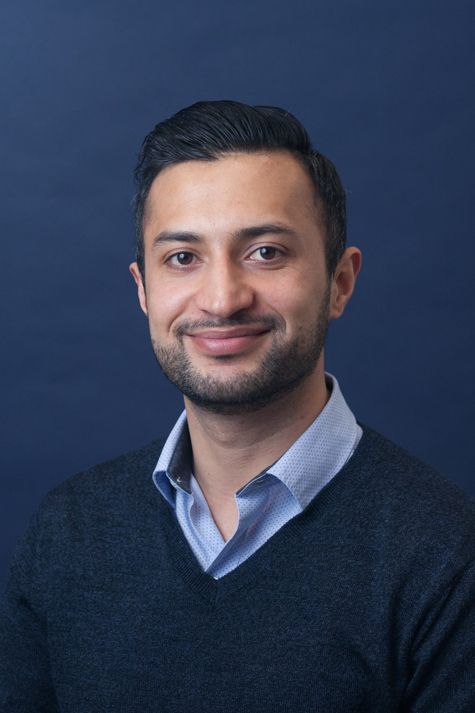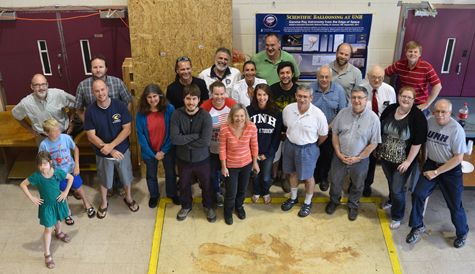Early Career Scientist Spotlight
Dr. Sambid Wasti
High Energy Astrophysicist
Astroparticle Physics Laboratory (661)
What is your research focus?
My focus is on high energy astrophysics. I build instruments that focus on the detection of high energy gamma rays. We put these instruments on helium balloons that reach the highest levels of the atmosphere. Once the instrument is up there, we can observe astrophysical objects (pulsars, gamma ray bursts, blazars, etc.) and their properties. My previous work (graduate work) was on a balloon borne experiment called GRAPE (Gamma Ray Polarimeter Experiment). The objective of GRAPE was to observe the Crab nebula and use spectral and polarization measurements to identify the location, emission mechanism and the magnetic field environment of the observed photons. Other than this, I am also trying to learn new data analysis techniques and analyze pulsars and additionally work on some simulations using Medium Energy Gamma-ray Astronomy Library (MEGAlib).
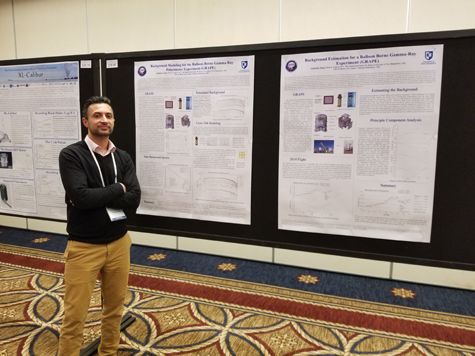
Credit: Sambid Wasti
What is one of your favorite moments in your career so far?
My favorite moment in my career was working with the GRAPE balloon campaign, which I was involved with in my graduate studies. I spent about a month at Colombia Space Balloon Facility in Ft. Sumner, NM. The instrument was attached to a humungous balloon and flown. We monitored the instrument during the observation, and we retrieved the instrument when it landed after the flight was terminated. Before this experience, I had only ever heard or seen these launches in videos and presentations. It felt surreal to witness the experiment go through various phases during the campaign. It was quite an accomplishment, and it was the first time I really felt like a scientist.
Credit: Kristi Donahue
Are you involved in any upcoming space missions
I am primarily working on a prototype of AMEGO (All-sky Medium Energy Gamma-ray Observatory) called ComPair. We are currently working on assembling and integrating different subsystems of the ComPair balloon mission over the next couple of years. It consists of four major subsystems: a plastic anti-coincidence detector to reject cosmic ray events, a Silicon tracker to measure the position and energy of the incoming photon as it travels through the layers, a Cadmium-Zinc-Telluride (CZT) calorimeter to detect Compton scattered photons, and a Cesium Iodide (CSI) calorimeter for measuring high energy pair events. I am a part of the team that works on the Si-tracker subsystem. The prototype is a precursor for AMEGO.
What early career advice do you have for those looking to do what you do?
This can be applied to any job. Try to reach out to people who are at the job that you would like to do. People are usually helpful, and most people reply. Ask them about the field, what path they took, what would they do differently, etc. Every field is constantly evolving, and you might not be aware of the opportunities that are available. Reaching out will keep you updated about the field and help you plan more realistically. This might include learning a new programming language or analysis technique or finding a better and faster path towards the job. If possible, you can also look at the requirements of the career you want in job ads to help you plan properly. The sooner you reach out, the better it is.
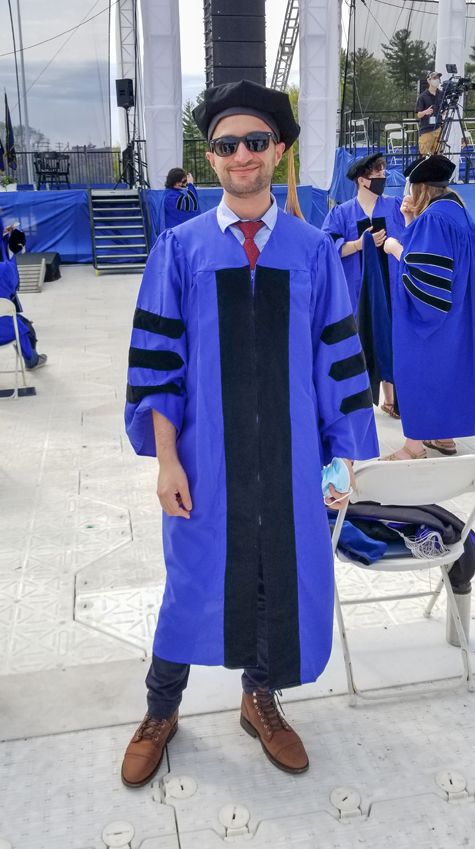
Credit: Sambid Wasti
What skills are most useful to you in your work, and where did you develop those skills?
This might be a biased answer because I am aware of my weaknesses and am trying to work on them. I struggle the most with time management and looking at the bigger picture. While working on a problem, it is easy to get lost in the details or get stuck. In these moments, taking a step back and looking at the big picture helps to reorient my thoughts and reevaluate the problem. This and time management are just a few of the things that you struggle with and learn as a rite of passage through grad school. Other than these, I find myself programming a lot nowadays. There will always be a new program or software to learn. Discovering how you most efficiently learn and creating a personal step-by-step system to learn a new language will go a long way.
What do you like to do in your free time?
I have a lot of hobbies, but currently I am either painting, educating myself financially, or exploring philosophy. I am a beginner and relatively new to these, so I pursue what intrigues me when I have free time. Other than these activities, I am also exploring DC as I am new to the area.
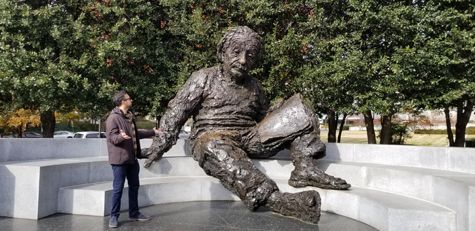
Credit: Sambid Wasti
What are your future research interests and goals?
I am interested both in the science as well as the methods that are used to study these astrophysical objects. I find the beauty in defining a problem and creating a step-by-step solution to solve them. Working on a wide array of missions and experiments will introduce me to different problems and different methods to solve them. Therefore, in the future, I would like to have worked on various missions and experiments. Hopefully, I would be wiser, too.
What aspect of your work excites you the most?
I typically look at photons that arrive to our instrument from astrophysical objects far away from our solar system. Even light travels for years to reach us from these objects. For example, the Crab pulsar is roughly 7,000 light years away. This means that when we are looking at the photons from this object, we are looking at photons from millennia ago. We are essentially studying the past. On top of that, when we look at the size and power of these objects in the vast universe, it is humbling to know how insignificant we are in comparison. It is equally motivating to know that, despite that apparent insignificance, we are in a quest to investigate and explore it.
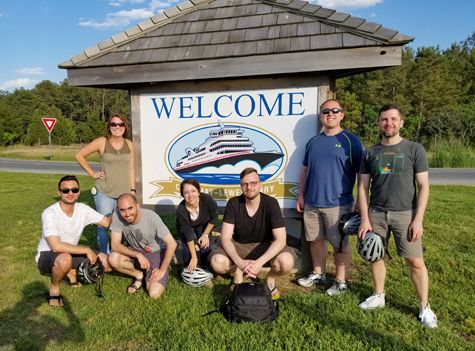
Credit: Sambid Wasti
Biography
Home Town:
Kathmandu, Nepal
Undergraduate Degree:
B.A Physics, Hiram College, Hiram, OH
Post-graduate Degree:
Ph.D., Physics and Astronomy, University of New Hampshire, Durham, NH
